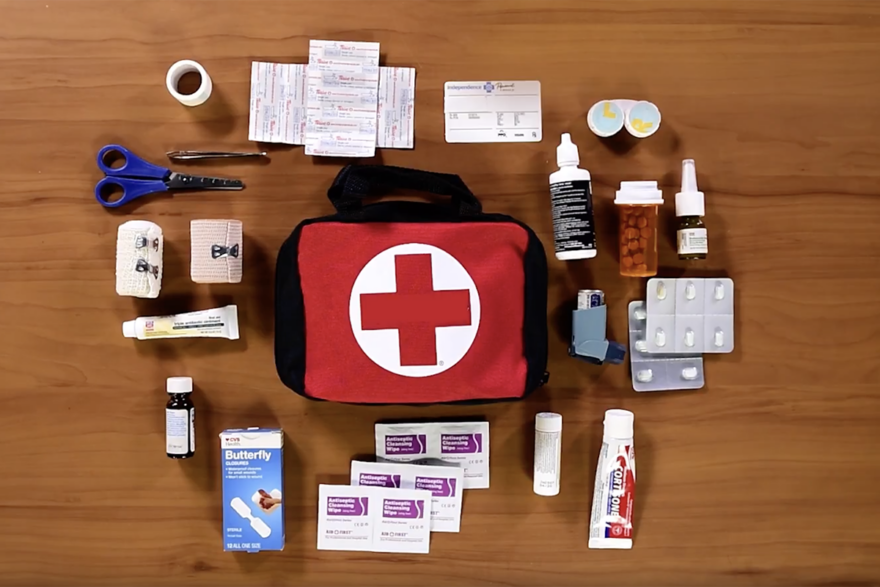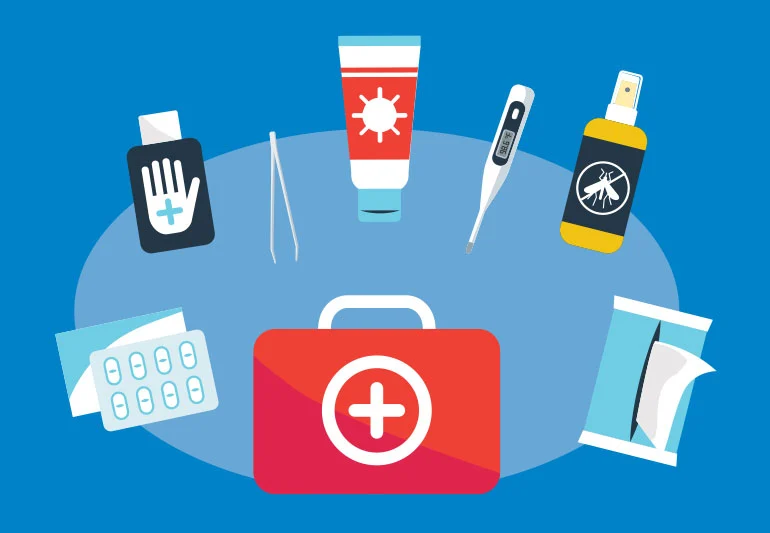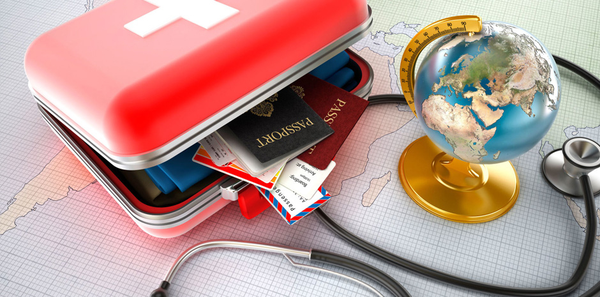Traveler’s First Aid Handbook: What You Need to Know to Stay Safe

When preparing for a journey, it’s vital to consider the unexpected health challenges that may arise. A well-prepared traveler’s first aid kit is your first line of defense against minor ailments and injuries. This guide will provide essential insights into assembling a first aid kit that’s both comprehensive and travel-friendly, ensuring you can confidently manage health issues on the road.
Essential Components of Your Travel First Aid Kit

Your first aid kit is your travel health safety net. Its contents should be tailored to your destination, length of trip, and any personal medical needs. The following elements are indispensable for any traveler’s first aid kit.
- Medications: Always pack a supply of personal prescription medications, over-the-counter pain relievers, antihistamines, and anti-diarrheal medications.
- Wound care supplies: Include adhesive bandages, gauze, antiseptic wipes, and antibiotic ointment to handle cuts and scrapes.
- Specialized items: Depending on your destination, you may need water purification tablets, insect repellent, and sunscreen.
Personalization is Key
Tailoring your kit to your health profile and the nature of your trip cannot be overstressed. If you have known allergies, carrying antihistamines and an EpiPen could be life-saving. For those venturing into nature, snake bite kits and insect repellent become more critical.
Compact and Organized
Your kit should be compact and well-organized, allowing you to quickly find what you need. Using waterproof bags or containers can keep items dry and clean. Remember to check the expiry dates on all items periodically and replenish them as needed.
Handling Common Travel Ailments

Recognizing and addressing common travel-related health issues promptly can prevent them from escalating. Here are some ailments to be aware of and the corresponding first aid measures.
- Digestive disturbances: These can often be managed with hydration and anti-diarrheal medications.
- Motion sickness: Over-the-counter medications can mitigate the symptoms of motion sickness.
- Altitude sickness: If traveling to high elevations, consider carrying medications to alleviate its effects.
First Aid Techniques
Familiarizing yourself with basic first aid techniques is as crucial as the kit itself. For example, knowing how to clean and dress a wound can prevent infection, and understanding the signs of heatstroke can lead to timely intervention.
Preparedness and Training
Armed with knowledge from a MyCPR NOW course, you can travel with increased safety, prepared to manage unforeseen health crises effectively. Remember, in the event of an emergency, your response time and actions can be crucial.

Traveling exposes you to a plethora of climates, each with unique health risks. Whether you’re trekking through humid rainforests or skiing in alpine regions, understanding how to navigate these risks is essential for staying healthy.
– Heat-related illnesses: These can range from heat exhaustion to heatstroke. Carrying hydration salts and knowing the signs of heat illnesses are crucial.
– Cold climates: Risks include frostbite and hypothermia. Your kit should include thermal blankets and you should be aware of how to identify and treat cold-induced conditions.
Conclusion
By equipping yourself with the necessary supplies and knowledge, you can ensure a safer and more enjoyable travel experience. Remember, a little preparation goes a long way toward peace of mind when you’re far from home.

